Carbon accounting software
Carbon emission reporting: introduction
Carbon emission reporting is the systematic process of measuring, documenting, and disclosing an organization's greenhouse gas (GHG) emissions. It's also known under the names carbon accounting- and greenhouse gas reporting.
What needs to be reported
The Greenhouse Gas (GHG) protocal categorizes emissions into three scopes: Scope 1, 2, and 3.
Scope 1: Direct emissions
Scope 1 encompasses direct emissions from sources that are owned or controlled by the organization, such as fuel combustion in company-owned vehicles or facilities.
Scope 2: Electricity indirect emissions
Scope 2 covers indirect emissions associated with the generation of purchased electricity, steam, heating, or cooling consumed by the organization.
Scope 3: Other indirect emissions
Scope 3 extends beyond the boundaries of the organization to include all other indirect emissions resulting from activities across its value chain, such as those from suppliers, transport and production.

Carbon emission reporting regulations
To ensure comparability, credibility, and consistency in carbon reporting, organizations increasingly align their disclosures with globally recognized frameworks and standards. These frameworks establish a common language for carbon reporting across industries and regions.
Widely used reporting standards and frameworks
GHG Protocol
(Greenhouse Gas protocol):
A globally recognized standard for measuring and managing greenhouse gas emissions.
- Scope: Covers scope 1, scope 2 and scope 3.
CDP
(Carbon Disclosure Project):
An international nonprofit organization that provides an environmental impact disclosure system.
- Scope: Collects data on climate change, deforestation, water security, and plastic use.
TCFD (Task Force Climate
Financial Disclosures):
An organization that develops recommendations for climate-related financial disclosures.
- Scope: Focuses on governance-, strategy-, risk management-, and risk related targets.
SBTi
(Science Based Targets initiative):
An initiative that provides guidance for science-based emission reduction targets.
- Scope: Covers greenhouse gas emissions reduction targets for companies.
A digital carbon accounting solution
The MasterSustainability.today platform offers seamless end-to-end management of carbon emissions. It includes goal management, one-click compliant reporting, integrations, custom API's and more.
Enterprise setup
Our platform offers tailored onboarding that accommodates organizations at any sustainability journey stage, with methods calibrated to your data availability and organizational maturity.
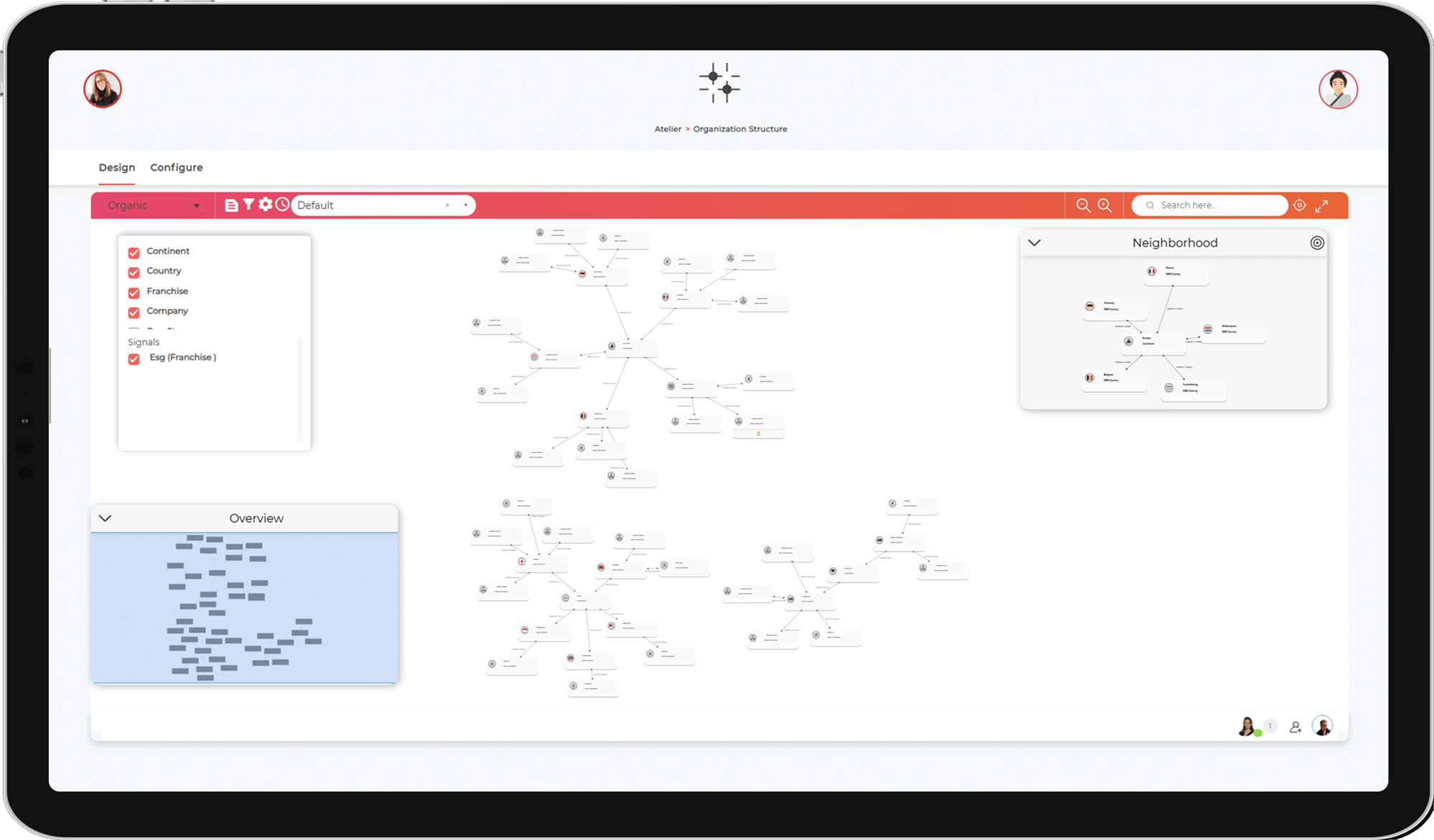
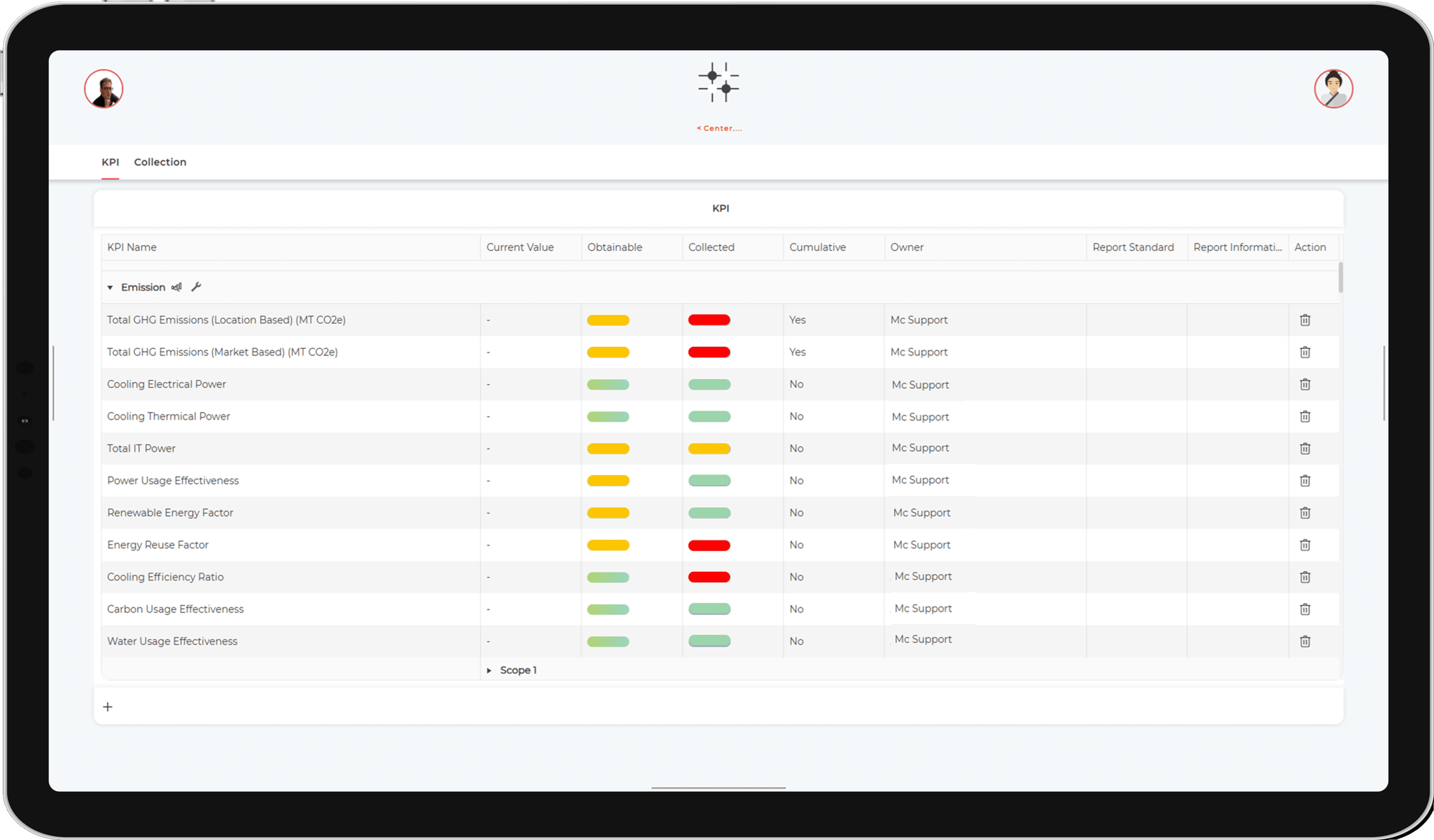
Data processing engine
The data consolidation system processes data inputs from multiple sources, creating a unified accounting foundation.
Scenario modeling and dashboard
Built-in modeling capabilities enable to simulate carbon reduction scenarios and evaluate their potential impact before implementation.
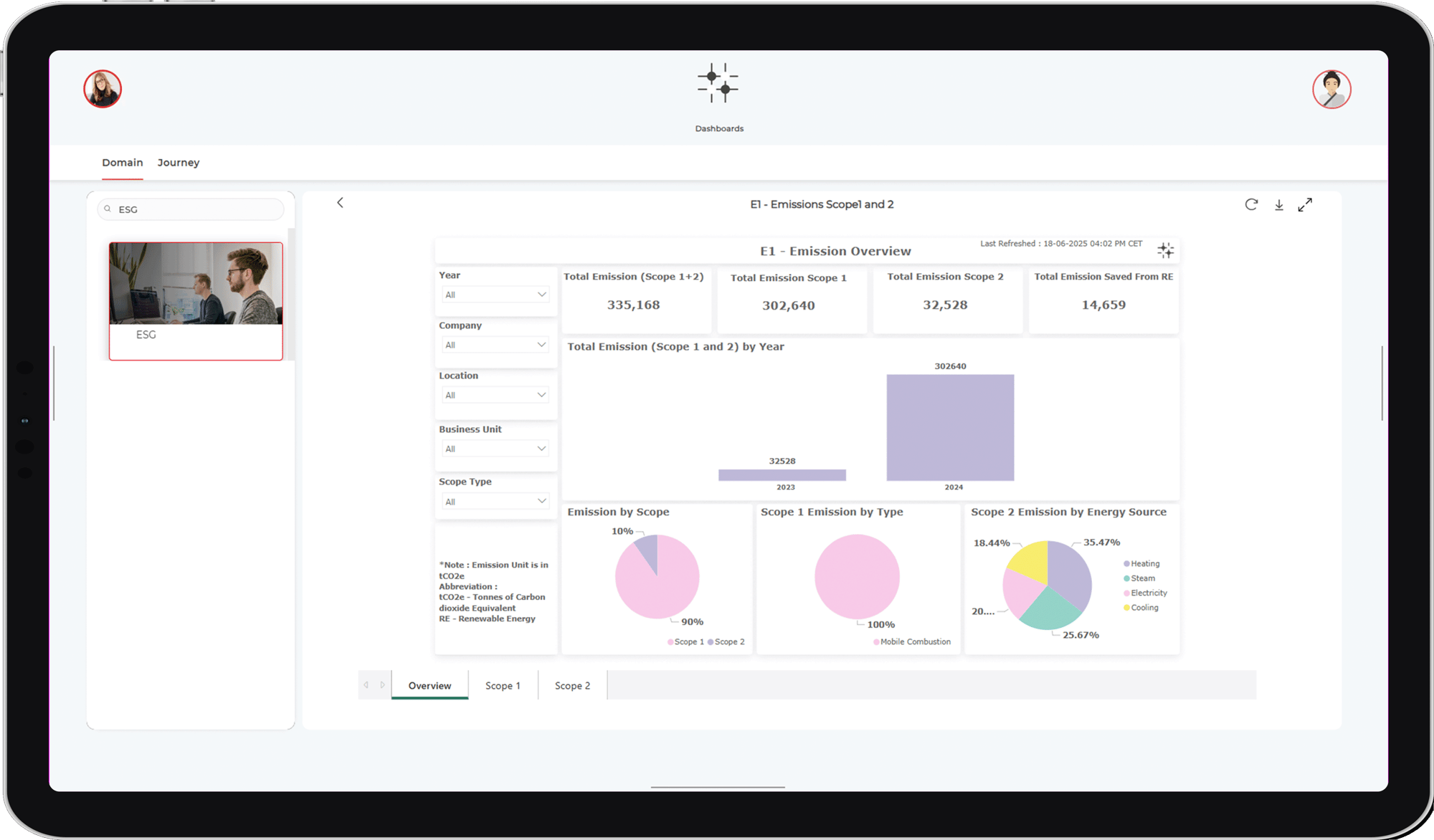
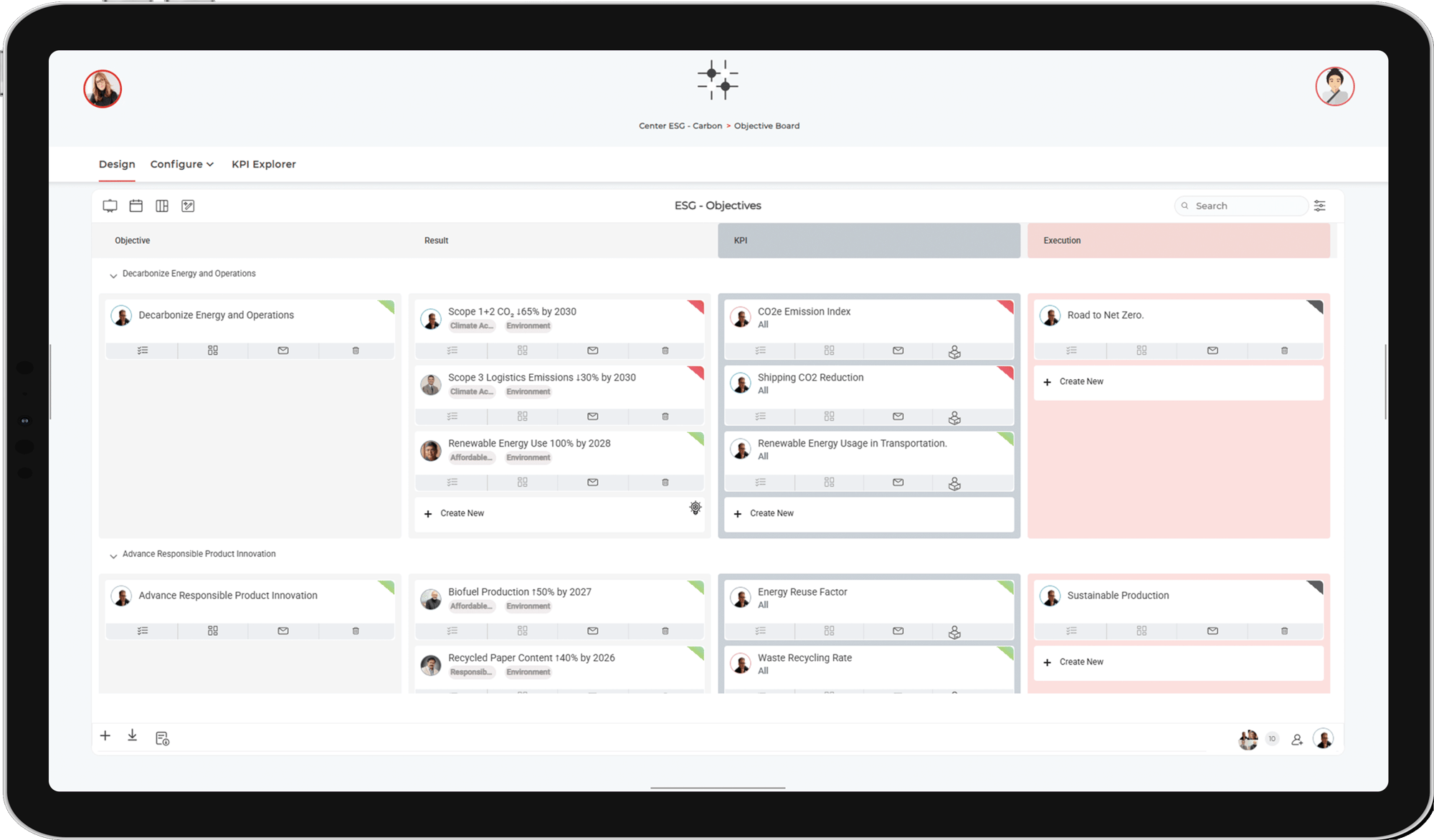
Objectives board
Establish carbon reduction targets aligned with SBTi and other requirements. The system guides through target-setting processes while providing tracking and monitoring.
One-click reporting
One-click reporting functionality generates reports for CSRD, SECR, and other frameworks. Ensuring compliancy, accuracy and consistency across requirements.
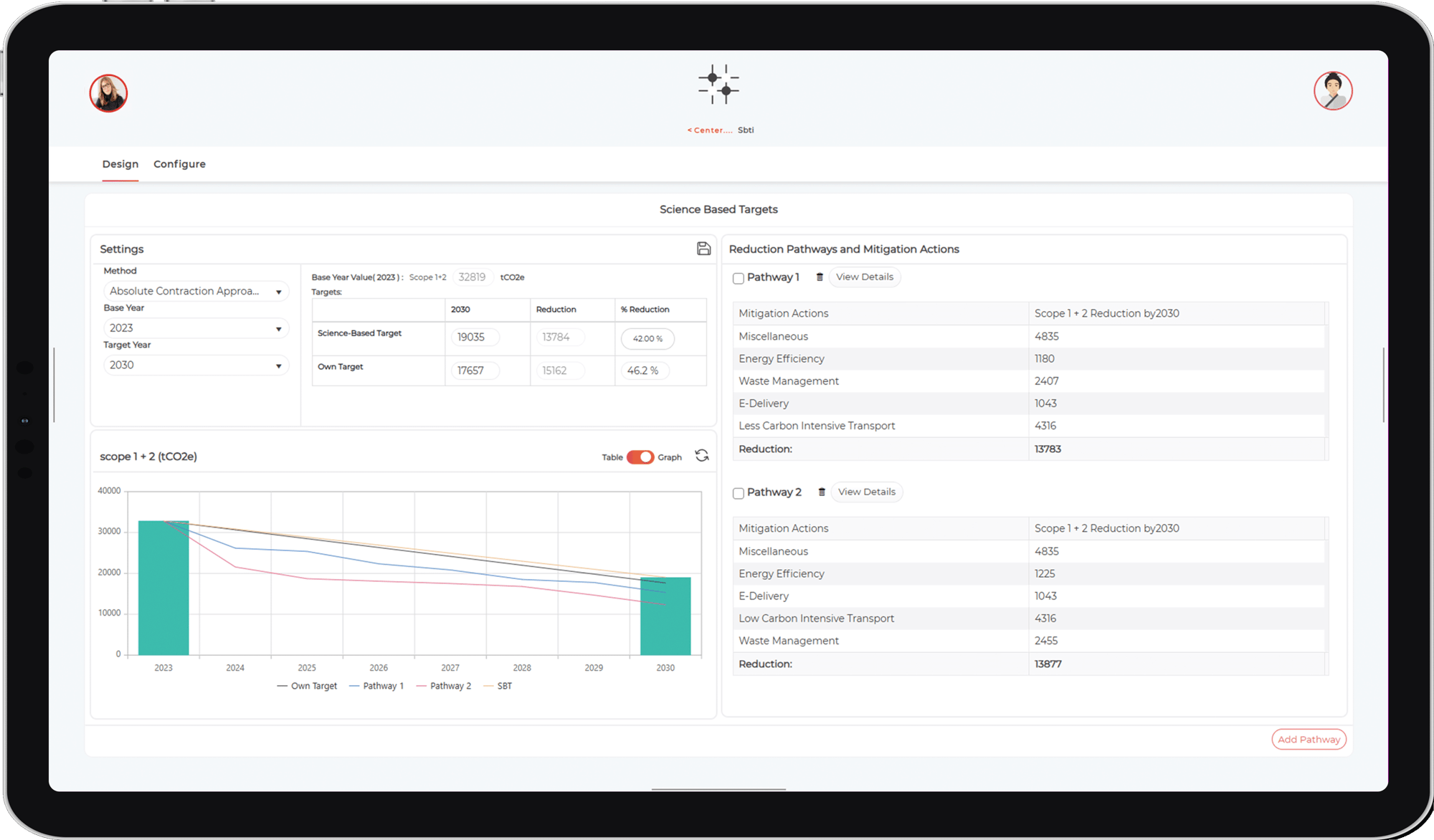
Automate Carbon Emission Reporting
Join these users in making an impact


.png?width=400&name=logo%20(15).png)














See how it works
Take a closer look at our platform
This guide not only provides insights into Carbon Emission and its relationship with ESG, but also presents an integrated software solution designed to outperform industry standards.
